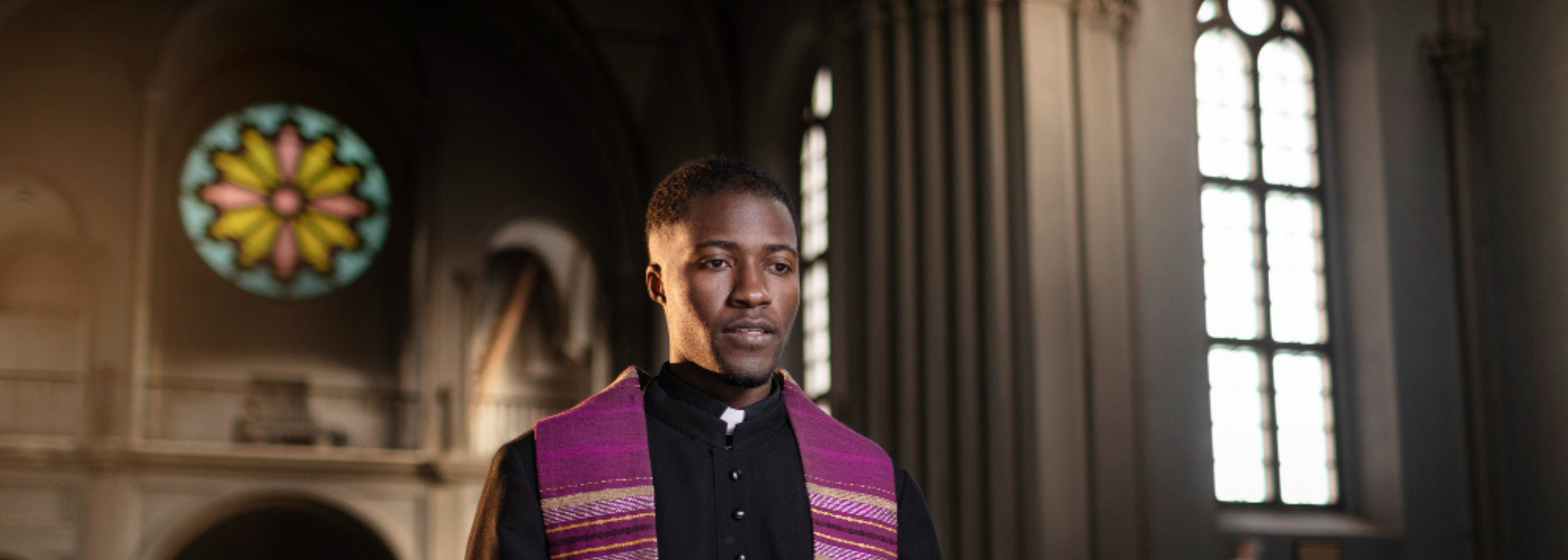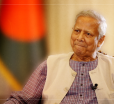Building Freedom: Black Churches In Reconstruction And Post-Bellum America

Table Of Contents
When the Civil War ended in 1865, the atmosphere was electric, full of joy, but also filled with unease. For millions of newly freed Black folks, the war’s end meant slavery was over, but the promise of freedom?
That was still a work in progress. The Union’s win didn’t automatically mean equality, let alone full citizenship. In this uncertain in-between, Black churches became something far bigger than places to pray.
They were where people gathered to ask the hard questions: What does real freedom even look like? How do we reshape a nation that just tried to deny our humanity?
These churches turned into spaces where politics, education, and organizing all came together. Historian Nicole Turner describes them as hubs where formerly enslaved men got pulled into political life, and where pressure on lawmakers to recognize Black civil rights began building fast.
Also, today, many African American congregations continue this tradition of civic engagement. Modern ministries like Philadelphia Christian Church draw on this heritage by offering worship and community service to empower families and advocate for justice.
Do you want to know more about the role of black churches in Reconstruction? Let’s have a detailed discussion.
What Is The Role Of Black Churches In Reconstruction?
The most prominent role of Black churches in Reconstruction was to give black people access to the “levers of political change.”
Further, these churches eradicated geographical barriers to connect counties, regions, and various countries.
1. Congregations As Civic Laboratories
Right after the war, freedmen started holding conventions, demanding voting rights and equal treatment under the law. But those big public conversations?
They were shaped by what was already happening inside Black churches. Leadership debates—who gets a voice, who doesn’t—weren’t just theological.
They mirrored real power struggles in the wider world. Congregations were wrestling with questions like: Who gets to lead?
What role should women have? What about young people? African American Baptists, Methodists, and Episcopalians were also figuring out how—or if—they could coexist with white churches.
In some cases, like Rev. George Freeman Bragg within the Episcopal Church, Black leaders stayed and pushed for full equality, leaning on ideas like the shared “Fatherhood of God and Brotherhood of Man.”
Others, including Richard Allen, believed that true freedom meant building something completely independent.
He founded the African Methodist Episcopal Church for just that reason—to give Black people spiritual and political control over their own institutions.
These church debates weren’t just internal—they echoed bigger national fights over who counted as a citizen and what democracy should even mean.
The Role Of Black Churches In Reconstruction In Women Becoming The Behind-The-Scene Driving Forces
Women and young people were doing serious behind-the-scenes work, even if they weren’t always given official roles.
Sure, men often held the titles—deacons, trustees, pastors—but women were teaching, organizing fundraisers, leading mission work, and keeping the whole thing running day to day.
And that organizing experience spilled over into politics. Still, the tension between old-school patriarchal rules and the democratic spirit of the time never really got resolved.
Take Gilfield Baptist Church in Virginia: at one point, women there could discipline men—especially if they were unmarried and had gotten someone pregnant—but in 1870, church leaders took that power away, calling it “unscriptural.”
The fight over gender roles inside churches mirrored broader fears about what it meant to be respectable… and who got to define that.
2. Regional Networks And Denominational Growth
Beyond individual congregations, Black churches started linking up across counties, states, and even the country.
These networks were key to growing Black political power. Ministers organized state-level gatherings, compiled stats about membership, and tracked where new churches were popping up.
According to historian Evelyn Brooks Higginbotham, this growing sense of racial unity hit a major milestone in 1895 with the formation of the National Baptist Convention USA.
For the first time, Black Baptists had a nationwide structure, pulling their resources together to build schools, run newspapers, and push for civil rights.
Meanwhile, Richard Allen’s AME Church—founded way back in 1816—blew up in size after the war. AME ministers traveled throughout the South, preaching to freed people and building communities from scratch.
By 1880, AME membership had exploded from a few thousand to nearly 400,000. That momentum inspired others, like the AME Zion Church and the Colored (later Christian) Methodist Episcopal Church, which also grew rapidly.
The Role Of Black Churches In Reconstruction Was Beyond Sunday Sermons
But these churches weren’t just about Sunday sermons. They offered jobs, schooling, and a shot at something better.
Sure, groups like the Freedmen’s Bureau helped, and Northern donors pitched in, but a lot of churches raised their own funds, pooling what little money they had to buy land and hire teachers.
Their schools taught more than reading and math. They taught civic duty, prepping folks to vote, run for office, and navigate this new, uncertain country. Some ministers, like Rev. Henry McNeal Turner, even crossed over into politics.
Turner went from preaching in Georgia to serving in its legislature. He later became an AME bishop and never held back, often calling out the U.S. for its hypocrisy—preaching freedom while keeping people in chains.
When Reconstruction started falling apart, Turner even pushed for Black emigration to Africa.
3. Mutual Aid, Social Welfare, And Economic Self-Help
Long before there were food stamps, Medicaid, or unemployment checks, Black churches were doing that work themselves. They ran mutual aid societies that covered funeral costs, lent money in emergencies, and helped out when someone got sick or lost a job. Women-led sewing circles passed out clothes.
Church groups delivered food. Some congregations even pooled their savings to buy farmland or build homes for the elderly.
These weren’t small gestures—they were lifelines. In cities like Charleston and Baltimore, churches acted like community centers, encouraging folks to shop at Black-owned stores and helping to form labor unions.
Pastors urged their congregants to save money, avoid debt, and build wealth—basically laying the foundation for future Black economic empowerment.
4. Gender And The Limits Of Freedom
Yes, the Fifteenth Amendment gave Black men the right to vote—but women? They still had to remain silent. Inside churches, it wasn’t much different.
Even though women were doing an enormous amount of work, they hit walls when it came to leadership. Missionary societies gave them some space to shine, but it was the scripture interpretations that kept them from preaching or holding major offices.
Still, that didn’t stop trailblazers like Sojourner Truth or Harriet Tubman. They weren’t waiting around for permission.
They preached to mixed audiences, raised funds, recruited teachers, and built support for schools—all under the banners of church groups.
And they weren’t just fighting racism—they were pushing back against sexism, too. What they started would ripple out into the women’s suffrage movement and spark ongoing conversations about women’s roles in the church.
Institutional Strength And Contemporary Lessons Based On The Role Of Black Churches In Reconstruction
By the turn of the 20th century, Black churches had transformed. These weren’t secret meeting spots anymore. They were major community hubs—with hospitals, schools, and sprawling networks across states.
But even then, they weren’t perfect. They struggled to balance democratic ideals with old patriarchal norms, and figuring out how to work with white allies often came with tough trade-offs.
Reconstruction proved that freedom isn’t a one-time event. It’s messy. It takes organizing, arguing, building, and rebuilding.
And honestly? That spirit’s still alive. Today, congregations like Philadelphia Christian Church are continuing the legacy, combining worship with real-world service.
They’re offering scholarships, hosting voter drives, and teaming up with health clinics. They’re picking up where their ancestors left off, turning faith into action.
Because, even now, churches remain powerful engines for change. The fight for freedom didn’t end with the Civil War. It just… evolved.
Read More:

























